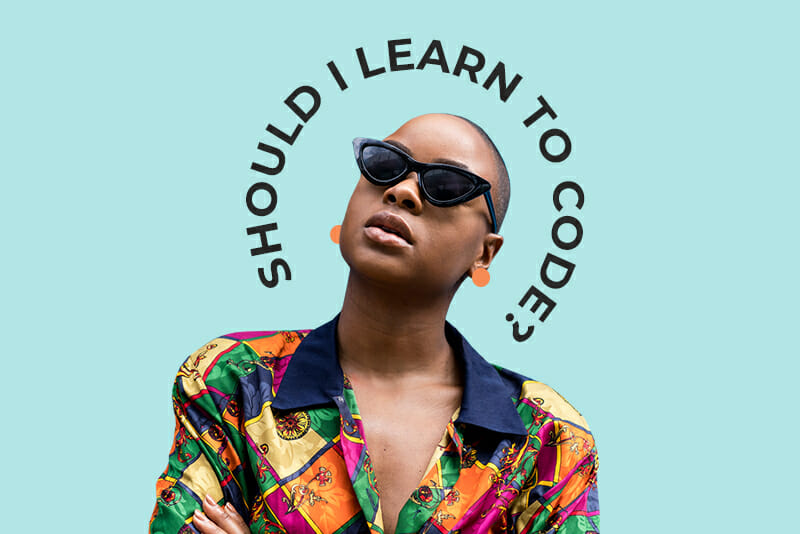Playful Code
How many smart devices have you interacted with today? Whether you woke up to your smartphones alarm, checked into the train using the digital gates or visited your daily websites chances are you used a digital device.
These devices have become so ingrained within our day to day life that we do not question their place, yet only a fraction of our society knows how they actually work. I picked up coding quite late. After a couple years of workshops, experiments, and learning, I am now able to understand the basics and logic, and believe it is vital for a designer to at least understand the work involved in writing code and what is possible, instead of simply passing a finished design and expecting to see it built. An architect must have some comprehension of structural intensity and material knowledge to design good, solid buildings that are not only aesthetically pleasing but also push the boundaries of what is possible.
We live in a digital world, surrounded by technology and devices. How can we design for a world we do not comprehend or understand? The last couple of years have seen a drive to make coding more accessible to the average person by making it fun, interesting, and approachable. In the UK, for example, the BBC has been involved in the Microbit Project, which involves teaching code to children using simple draggable blocks. Apple's iPad has an app called “Playground” which consists of various lessons teaching the Swift language in small interactive puzzles.
“Computational thinking teaches you how to tackle large problems by breaking them down into a sequence of smaller, more manageable problems.” – Dan Crow, CTO of SongKick
Even in its current form, coding has much to be desired. The spoken language is elastic and dynamic; meanings can be interpreted, and words can be played, formed, and morphed. Code lacks this fluidity and forgiving nature. Syntax errors are a frequent, teeth-gritting result of my experimentation and learning. To bridge the gap between the world of coding and that of traditional design, I would like to inspire designers and developers to play, learn, and build new tools together that intuitively empower non-coders.
Pixels are dead; code is a tool.
We are nearing the beginning of the end of screen-first-based design. Technology has advanced to the point where a screen is not always needed. The gleaming canvas of pixels, sleek visual interfaces, and prodding fingers is now not the only thing that needs a designer's attention. Haptic feedback, voice control, ambient technology, and more are no longer second-class citizens to a designer. I would like to teach designers to not always design for the screen, and to do so, designers need to create prototypes unlike the classic web or app-based models. How would a digital designer today start designing the latest version of Apple's HomePod or Google's Home device?










